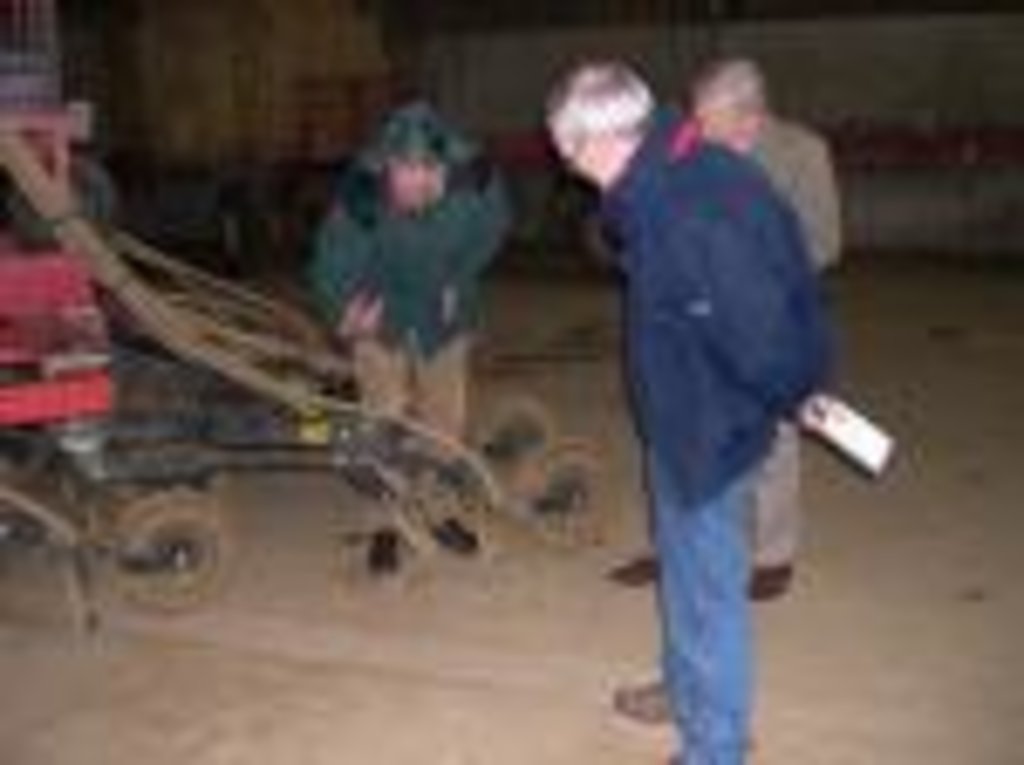2.1 Short description of the Approach
Individual farmer seeking information and experimenting with machinery to maintain economic viability
2.2 Detailed description of the Approach
Detailed description of the Approach:
Aims / objectives: Maintenance of economic viability; seeking not to replace employee.
Methods: Seeking information from open days, agricultural shows, machinery manufacturers, demonstrations, other farmers in UK and overseas; experimented with drill on own farm before purchase.
Stages of implementation: Stages of implementation: information seeking over 6 months, trialled drill in one crop, hired drill for following crop on sale and return, purchase of new drill in 2002.
2.3 Photos of the Approach
2.5 Country/ region/ locations where the Approach has been applied
2.8 Main aims/ objectives of the Approach
The Approach focused mainly on other activities than SLM (economic viability)
To find appropriate machinery to maintain economic viability
The SLM Approach addressed the following problems: Loss of ploughman and desire not to replace him but retain economic viability.
2.9 Conditions enabling or hindering implementation of the Technology/ Technologies applied under the Approach
social/ cultural/ religious norms and values
farmer conservatism
Treatment through the SLM Approach: seeking knowledge and advice;willingess to take risks; family support
availability/ access to financial resources and services
machinery costs; desire to to replace lost employee
Treatment through the SLM Approach: preparation of sound financial case
legal framework (land tenure, land and water use rights)
Dependent on farmer attitude.
knowledge about SLM, access to technical support
lack of appropriate expertise
Treatment through the SLM Approach: sought advice from a number of sources







